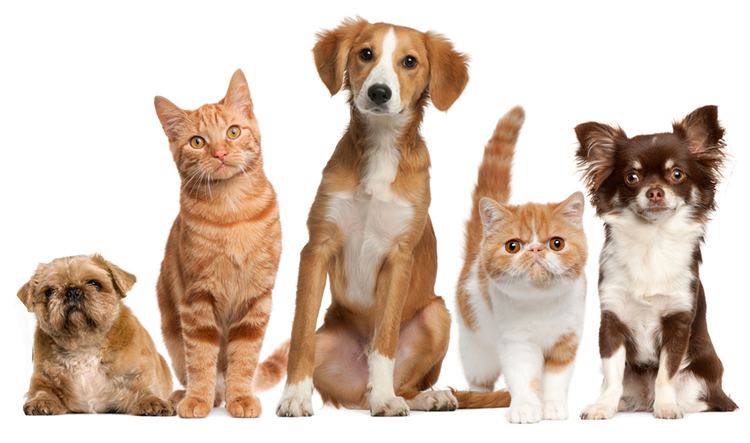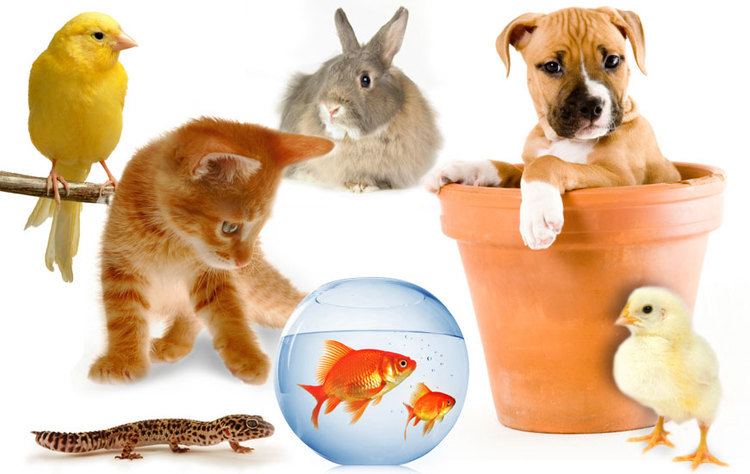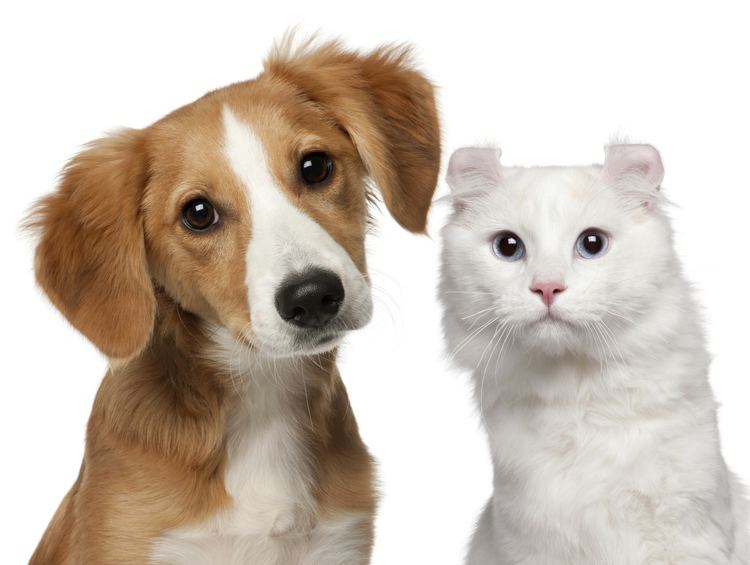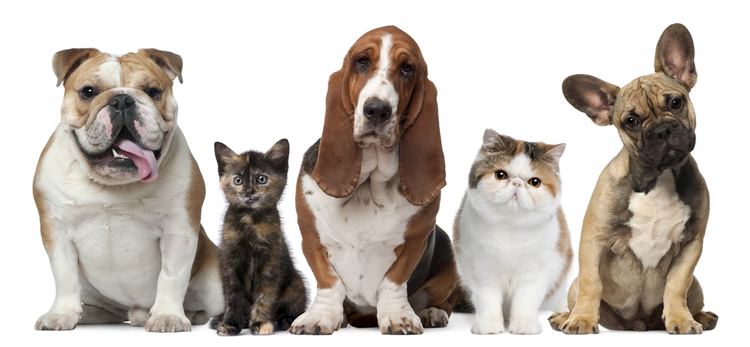Pet official trailer 1 2016 dominic monaghan ksenia solo thriller movie hd
A pet or companion animal is an animal kept primarily for a person's company, protection, or entertainment rather than as a working animal, sport animal, livestock, or laboratory animal. Popular pets are often noted for their attractive appearances and their loyal or playful personalities.
Contents
- Pet official trailer 1 2016 dominic monaghan ksenia solo thriller movie hd
- 12 funny pet videos compilation 2016
- Legalities
- Pet popularity
- Choice of a pet
- United States
- Canada
- United Kingdom
- Italy
- Effects on pets health
- Health benefits
- Pets in long term care institutions
- Connection with community
- Health risks
- Types
- Domesticated
- Mammals
- Birds
- Fish
- Wild animals
- Exotic mammals
- Reptiles
- Amphibians
- Arthropods
- History
- Victorian Era The Rise of Modern Pet Keeping
- Economy
- Social
- Entertainment
- References

Pets provide their owners (or guardians) physical and emotional benefits. Walking a dog can supply both the human and pet with exercise, fresh air, and social interaction. Pets can give companionship to elderly adults who do not have adequate social interaction with other people, as well as other people that are living alone. There is a medically approved class of therapy animals, mostly dogs or cats, that are brought to visit confined humans. Pet therapy utilizes trained animals and handlers to achieve specific physical, social, cognitive, and emotional goals with patients.

The most popular pets are likely dogs and cats but people also keep house rabbits, ferrets; rodents such as gerbils, hamsters, chinchillas, fancy rats, and guinea pigs; avian pets, such as canaries, parakeets, corvids and parrots; reptile pets, such as turtles, lizards and snakes; aquatic pets, such as goldfish, tropical fish and frogs; and arthropod pets, such as tarantulas and hermit crabs.

Some scholars and animal rights organizations have raised concern over pet-keeping with regards to the autonomy and objectification of nonhuman animals.

12 funny pet videos compilation 2016
Legalities

States, cities, and towns in Western nations commonly enact local ordinances to limit the number or kind of pets a person may keep personally or for business purposes. Prohibited pets may be specific to certain breeds (such as pit bulls or Rottweilers), they may apply to general categories of animals (such as livestock, exotic animals, wild animals, and canid or felid hybrids), or they may simply be based on the animal's size. Additional or different maintenance rules and regulations may also apply. Condominium associations and owners of rental properties also commonly limit or forbid tenants' keeping of pets.

The keeping of animals as pets can cause concerns with regard to animal rights and welfare. Pets have commonly been considered private property, owned by individual persons. However, many legal protections have existed (historically and today) with the intention of safeguarding pets' (and other animals') well-being. Since the year 2000, a small but increasing number of jurisdictions in North America have enacted laws redefining pet's owners as guardians. Intentions have been characterized as simply changing attitudes and perceptions (but not legal consequences) to working toward legal personhood for pets themselves. Some veterinarians and breeders have opposed these moves. The question of pets' legal status can arise with concern to purchase or adoption, custody, divorce, estate and inheritance, injury, damage, and veterinary malpractice.
Pet popularity
There are approximately 86.4 million pet cats in the United States, approximately 78.2 million pet dogs in the United States, and 5.3 million house rabbits. The two most popular pets in most Western countries have been cats and dogs. In the United States, a 2007–2008 survey showed that dog-owning households outnumbered those owning cats, but that the total number of pet cats was higher than that of dogs. The same was true for 2011. In 2013, pets outnumbered children four to one in the United States.
Choice of a pet
For a small to medium-size dog, the total cost over a dog's lifetime is about $7,240 to $12,700. For an indoor cat, the total cost over a cat's lifetime is about $8,620 to $11,275. People most commonly get pets for companionship, to protect a home or property, or because of the beauty or attractiveness of the animals. The most common reasons for not owning a pet are lack of time, lack of suitable housing, and lack of ability to care for the pet when traveling.
United States
According to the 2007-2008 Pet Owners survey:
Canada
The latest survey done by Colin Siren of Ipsos Reid estimates that there are 7.9 million cats and 5.9 million dogs in Canada. The survey also shows that 35% of Canadian households have a dog, while 38% have a cat, which is consistent with other surveys conducted around the world.
United Kingdom
A 2007 survey by the University of Bristol found that 26% of UK households owned cats and 31% owned dogs, estimating total domestic populations of approximately 10.3 million cats and 10.5 million dogs in 2006. The survey also found that 47.2% of households with a cat had at least one person educated to degree level, compared with 38.4% of homes with dogs.
Italy
Household animals in Italy are about 45 million in number, according to a survey promoted by Italian family associations in 2009: 7 million dogs, 7.5 million cats, 16 million fishes, 12 million birds, 10 million snakes plus 3,000 wild animals held as "pets", mainly lions, panthers and cheetahs.
Effects on pets' health
Keeping animals as pets may be detrimental to their health if certain requirements are not met. An important issue is inappropriate feeding, which may produce clinical effects. The consumption of chocolate or grapes by dogs, for example, may prove fatal.
Certain species of houseplants can also prove toxic if consumed by pets. Examples include philodendrons and Easter lilies (which can cause severe kidney damage to cats) and poinsettias, begonia, and aloe vera (which can sicken or, in extreme cases, kill dogs).
Housepets, particularly dogs and cats in industrialized societies, are also highly susceptible to obesity. Overweight pets have been shown to be at a higher risk of developing diabetes, liver problems, joint pain, kidney failure, and cancer. Lack of exercise and high-caloric diets are considered to be the primary contributors to pet obesity.
Health benefits
Pets might have the ability to stimulate their caregivers, in particular the elderly, giving people someone to take care of, someone to exercise with, and someone to help them heal from a physically or psychologically troubled past. Animal company can also help people to preserve acceptable levels of happiness despite the presence of mood symptoms like anxiety or depression. Having a pet may also help people achieve health goals, such as lowered blood pressure, or mental goals, such as decreased stress. There is evidence that having a pet can help a person lead a longer, healthier life. In a 1986 study of 92 people hospitalized for coronary ailments, within a year 11 of the 29 patients without pets had died, compared to only 3 of the 52 patients who had pets. Having pet(s) was shown to significantly reduce triglycerides, and thus heart disease risk, in the elderly. A study by the National Institute of Health found that people who owned dogs were less likely to die as a result of a heart attack than those who didn’t own one. There is some evidence that pets may have a therapeutic effect in dementia cases. Other studies have shown that for the elderly, good health may be a requirement for having a pet, and not a result. Dogs trained to be guide dogs can help people with vision impairment. Dogs trained in the field of Animal-Assisted Therapy (AAT) can also benefit people with other disabilities.
Pets in long-term care institutions
People residing in a long-term care facility, such as a hospice or nursing home, experience health benefits from pets. Pets help them to cope with the emotional issues related to their illness. They also offer physical contact with another living creature, something that is often missing in an elder's life. Pets for nursing homes are chosen based on the size of the pet, the amount of care that the breed needs, and the population and size of the care institution. Appropriate pets go through a screening process and, if it is a dog, additional training programs to become a therapy dog. There are three types of therapy dogs: facility therapy dogs, animal-assisted therapy dogs, and therapeutic visitation dogs. The most common therapy dogs are therapeutic visitation dogs. These dogs are household pets whose handlers take time to visit hospitals, nursing homes, detention facilities, and rehabilitation facilities. Different pets require varying amounts of attention and care; for example, cats may have lower maintenance requirements than dogs.
Connection with community
In addition to providing health benefits for their owners, pets also impact the social lives of their owners and their connection to their community. There is some evidence that pets can facilitate social interaction. Assistant Professor of Sociology at the University of Colorado at Boulder, Leslie Irvine has focused her attention on pets of the homeless population. Her studies of pet ownership among the homeless found that many modify their life activities for fear of losing their pets. Pet ownership prompts them to be and act responsibly, with many making a deliberate choice not to drink or use drugs, and to avoid contact with substance abusers or those involved in any criminal activity for fear of being separated from their pet. Additionally, many refuse housing in shelters if their pet is not allowed to stay with them.
Health risks
Health risks that are associated with pets include:
Types
While many people have kept many different species of animals in captivity over the course of human history, only a relative few have been kept long enough to be considered domesticated. Other types of animals, notably monkeys, have never been domesticated but are still commonly sold and kept as pets. There are also inanimate objects that have been kept as "pets", either as a form of game, or humorously (e.g. the Pet Rock or Chia Pet).
Domesticated
Domesticated pets are the most common types of pet. A domesticated animal is any animal that has been tamed and made fit for a human environment. They have consistently been kept in captivity over a long enough period of time that they exhibit marked differences in behavior and appearance from their wild relatives.
Mammals
Birds
Fish
Wild animals
Wild animals are often kept as pets. The term wild in this context specifically applies to any species of animal which has not undergone a fundamental change in behavior to facilitate a close co-existence with humans. Some species listed here may have been bred in captivity for a considerable length of time, but are still not recognized as domesticated.
Exotic mammals
Birds
Reptiles
Amphibians
Fish
Arthropods
History
Archaeology suggests that dogs as pets may date back to at least 12,000 years ago.
Victorian Era: The Rise of Modern Pet Keeping
Throughout the seventeenth and eighteenth century pet keeping in the modern sense gradually became accepted throughout Britain. Initially, aristocrats kept dogs for both companionship and hunting. Thus, pet keeping was a sign of elitism within society. By the nineteenth century, the rise of the middle class stimulated the development of pet keeping and it became inscribed within the bourgeois culture.
Economy
As the popularity of pet keeping in the modern sense rose during the Victorian Era, animals became a fixture within urban culture as commodities and decorative objects. Pet keeping generated a commercial opportunity for entrepreneurs. By the mid-nineteenth century, nearly twenty thousand street vendors in London dealt with live animals. Also, the popularity of animals developed a demand for animal goods such as accessories and guides for pet keeping. Pet care developed into a big business by the end of the nineteenth century.
Profiteers also sought out pet stealing as a means for economic gain. Utilizing the affection owner’s had for their pets, professional dog stealers would capture animals and hold them for ransom. The development of dog stealing reflects the increased value of pets. Pets gradually became defined as property of their owners. Laws were created that punished offenders for their burglary.
Social
Pets and animals also had social and cultural implications throughout the nineteenth century. The categorization of dogs by their breeds reflected the hierarchical, social order of the Victorian Era. The pedigree of a dog represented the high status and lineage of their owners and reinforced social stratification. Middle-class owners, however, valued the ability to associate with the upper-class through ownership of their pets. The ability to care for a pet signified respectability and the capability to be self-sufficient. According to Harriet Ritvo, the identification of “elite animal and elite owner was not a confirmation of the owner’s status but a way of redefining it.”
Entertainment
The popularity of dog and pet keeping generated animal fancy. Dog fanciers showed enthusiasm for owning pets, breeding dogs, and showing dogs in various shows. The first dog show took place on 28 June 1859 in Newcastle and focused mostly on sporting and hunting dogs. However, pet owners produced an eagerness to demonstrate their pets as well as have an outlet to compete. Thus, pet animals gradually were included within dog shows. The first large show, which would host one thousand entries, took place in Chelsea in 1863. The Kennel Club was created in 1873 to ensure fairness and organization within dog shows. The development of the Stud Book by the Kennel Club defined policies, presented a national registry system of purebred dogs, and essentially institutionalized dog shows.
